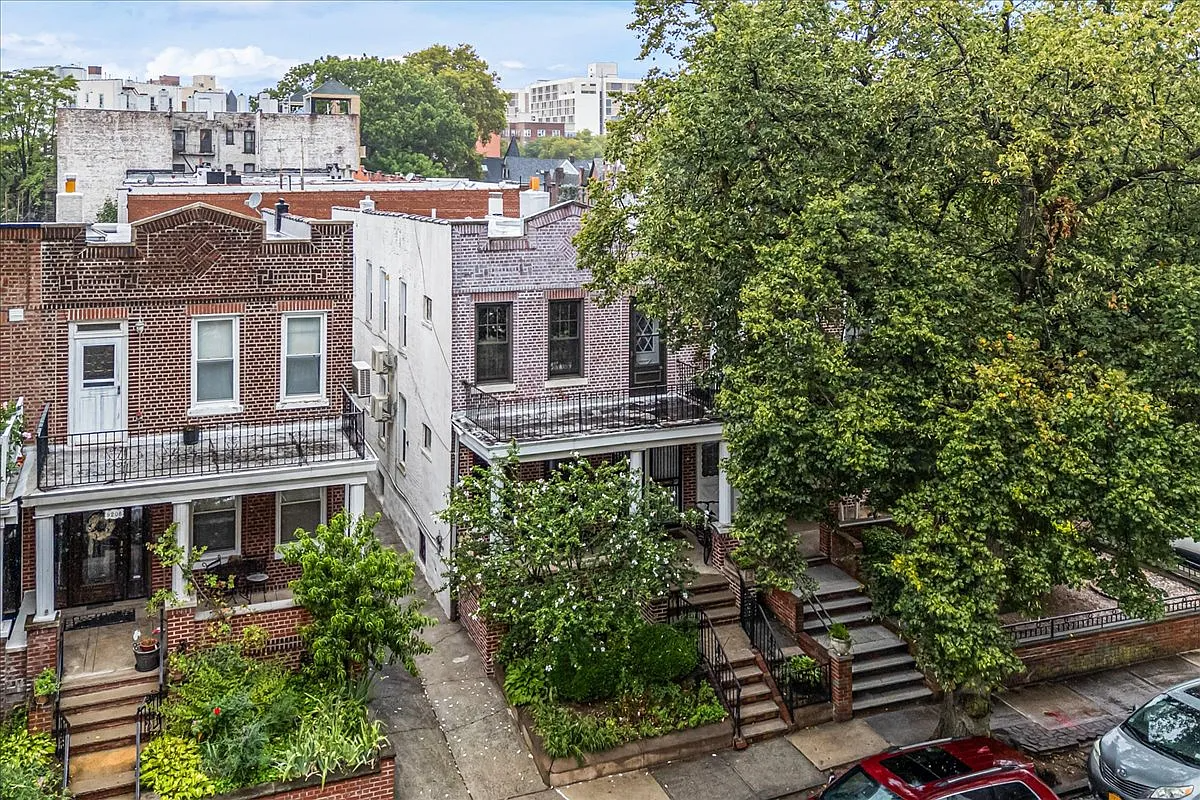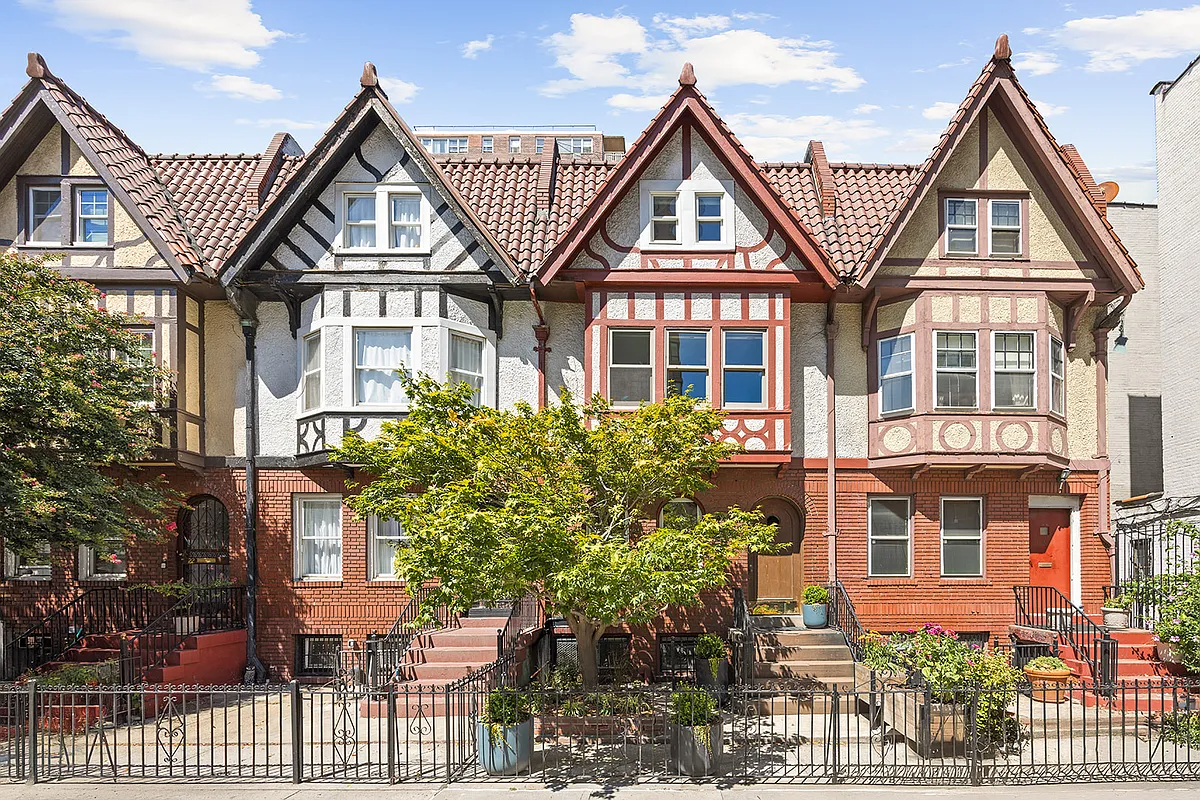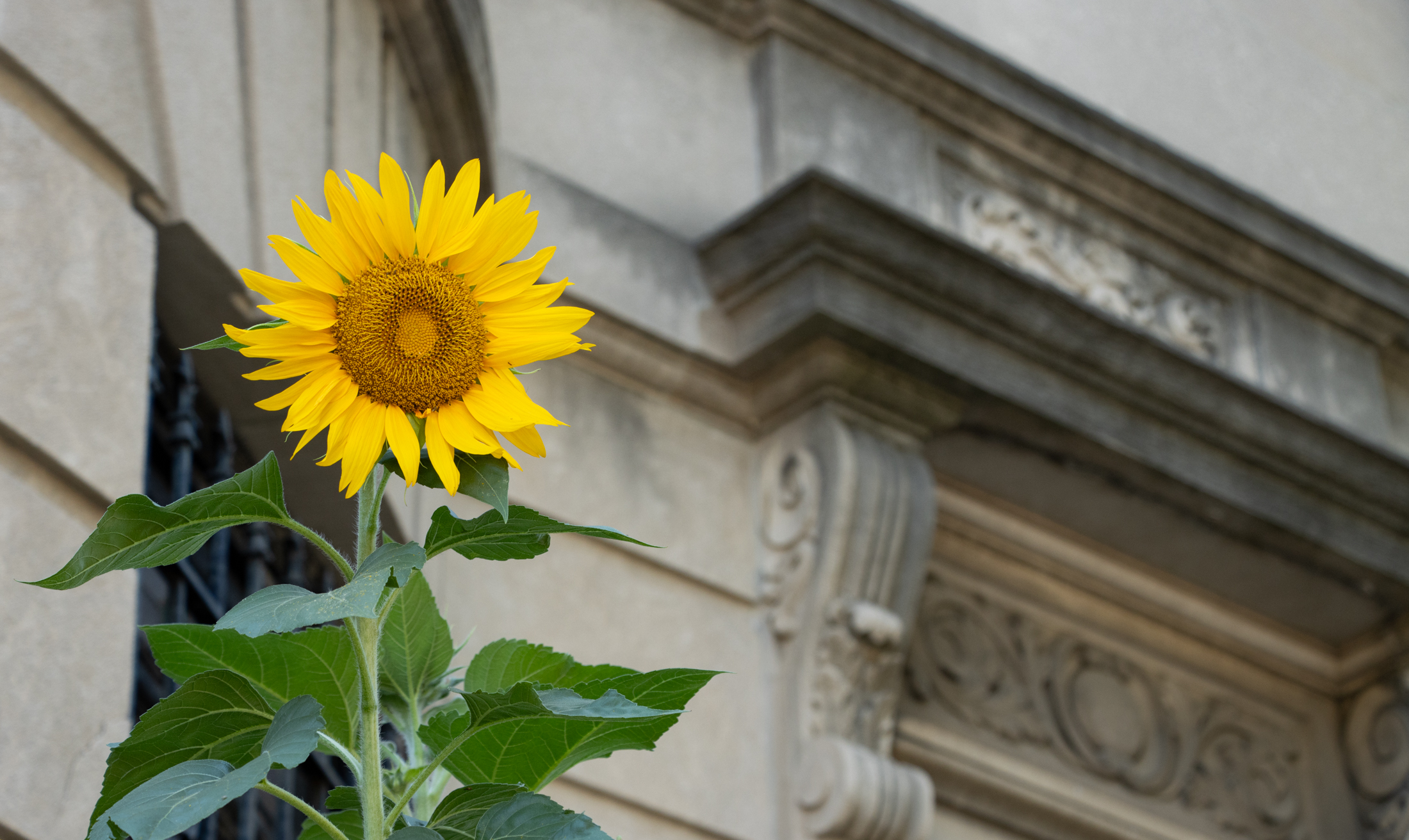Brooklyn's Waterfront Gets Boost from Nat'l Trust
In the wake of the destruction of some the Brooklyn waterfront’s most historic structures, including the Revere Sugar factory, the Dutch Mustard building and the Greenpoint Terminal Market, the National Trust for Historic Preservation will today announce that it is adding the entire area from the Sunset Park through Greenpoint to its list of America’s…


In the wake of the destruction of some the Brooklyn waterfront’s most historic structures, including the Revere Sugar factory, the Dutch Mustard building and the Greenpoint Terminal Market, the National Trust for Historic Preservation will today announce that it is adding the entire area from the Sunset Park through Greenpoint to its list of America’s 11 most endangered historic places. The buildings really represent an important part of Brooklyn’s heritage, and it would be a tragedy to lose it, Richard Moe, president of the trust, said in an interview. We’re very concerned that there’s such a rush on to demolish everything. While presence on the list does not stop any of the buildings from death or disfigurement, it does give the issue a national profile and, hopefully, adds to political pressure for government to act on a local level to save an important part of the city’s heritage. Timed with the release of this news, the Municipal Art Society launched a new website this morning called SaveIndustrialBrooklyn.org that details the architectural and historic context for many of the waterfront structures. It also has a very cool interactive map (shown above) with the 411 on over 50 buildings in the footprint of the National Trust’s designation. As Mr. Moe puts it, This is a problem that can be fixed — it’s not too late. As we’ve said before, tearing down these buildings is not only short-sighted but potentially bad business. Their continued presence, whether converted in condominiums or turned into homes for arts institutions and other public uses, will only enhance the texture, and ultimately the dollar value, of the waterfront as a whole. Update: We’ve posted a few photos from this morning’s press conference on the jump.
Brooklyn Waterfront Called Endangered Site [NY Times]

National Trust regional director Wendy Nicholas

MAS head Kent Barwick

Pratt Urban Planning Guru Ron Schiffman





Brownstoner and Preservationista have it right. If 10:26 and others actually looked at the map above, they’d see that large areas of the waterfront do not have red dots. There are acres of open space on the Williamsburg waterfront, and that’s exactly where the city has put parks. There are also a number of very important industrial buildings that the city should protect so that they can be incorporated into new developments.
The one area with lots of red dots is the one area that no one here seems to be arguing about – DUMBO. But even there, there is enough density that preservation can work, and actually be the primary engine for growth. (And Walentas, who is to be applauded for all he has done for DUMBO also needs to be called out for being one of the major voices talking out AGAINST landmarking there.)
Bottom line – there is a lot room on the waterfront (and inland – this designation is not just about the waterfront) for new development and preservation. Some people even call this progressive, smart urban planning. There is even room for preservation, new development and affordable housing – the Domino site is proving that.
The great opera houses and museums that everyone here is talking about? Preserving historic structures isn’t standing in the way of that – greed and lack of vision are the culprits. If you took preservation out of the equation, we’d be no closer to a major cultural institution on the Brooklyn waterfront. But the waterfront would be safe for a wall of luxury condos.
This isn’t a either-or issue as 10:26 so desperately tries to frame it. Preserving a handful of old industrial buildings certainly does not preclude building a new concert hall or a bunch of shiny towers; there’s still plenty of room for that. Having some older buildings however will add variety and texture to the neighborhoods that will make living in those glass towers a much more pleasant experience.
I think Fairway is a good example of the kind of development that we should strive for. It keeps the past alive while addressing today’s needs. Glass towers are just as bad as abandoned buildings. Brooklyn should preserve the sense history that resides in the waterfront. This part of New York’s past has already been mostly obliterated from the Manhattan waterfront, so I hope that we can do something to maintain what is left of Brooklyn’s maritime heritage.
A good example of the kind of development we should champion is the Distillery District in Toronto.
http://www.thedistillerydistrict.com/frameset.html
It provides a dynamic setting for shops, galleries, restaurants, etc., while maintaining the architecture of the past.
I think Fairway is a good example of the kind of development that we should strive for. It keeps the past alive while addressing today’s needs. Glass towers are just as bad as abandoned buildings. Brooklyn should preserve the sense history that resides in the waterfront. This part of New York’s past has already been mostly obliterated from the Manhattan waterfront, so I hope that we can do something to maintain what is left of Brooklyn’s maritime heritage.
A good example of the kind of development we should champion is the Distillery District in Toronto.
http://www.thedistillerydistrict.com/frameset.html
It provides a dynamic setting for shops, galleries, reaturants, etc., while maintaining the architecture of the past.
This whole debate is ridiculous- what “made” Brooklyn was its waterfront – NY is has one of the few protected deep water ports in the world and with containerization, these types of ports are even more valuable. The problem is that Brooklyn is on LI and has no rail link to the mainland. The Port Authority was in fact created to build a rail tunnel under the harbor – some 80 years later and they still haven’t done. it. In fact the most recent push to build such a tunnel was killed by the NIMBY Juniper Park Civic Association who somehow got Bloomberg to sign on to their self-centered and economy killing agenda.
So if you want to keep Brooklyn ‘as it was’ then you should be jumping up and down to get the cross-harbor rail-tunnel built so Brooklyn can take advantage of one of its greatest assets.
The issue isn’t saving buildings or neighborhoods – b/c 99% of Brooklyn’s waterfront is inaccessible and not part of the the daily lives of the population, so you can’t destroy anything by redeveloping the waterfront – what has to be decided is whether we want a ‘working’ waterfront or one for the ‘public’. If its the former then the Government should be investing in the rail tunnel and zoning off key sections for industry to protect it from residential encrouchment. If the city has given up on building a rail tunnel (the only way the port could be economically viable) then you have to allow residential and park development in this area and while you might be able to protect a few structures, in order to open the area up your going to have to bulldoze tons of old buildings (this isnt SOHO – there is no subway access or x-town traffic).
For all of Bloomberg’s talk of NYC2030 and environmental initiatives (which I applaud) he has refused to push for the #1 environmental project ever – the rail tunnel – which would once and for all provide an alternative to NY/LI total dependence of truck transportation.
i think that brenda from flatbush sounds like she is from bloody england.
It’s instructive to consider what drew the first and second waves of gentrifiers to the Bklyn waterfront: not just killer views and (for the very first pioneers)cheap rents, but a rough-edged post-industrial vibe that makes you feel as if you’re posing for your first album cover when all you’re doing is drinking a Snapple in front of a graffiti’d brick wall. Call it “atmosphere,” “charm,” or “context,” or whatever–it’s a powerful intangible, a sort of chic stakeholding in the collective urban unconscious. And if we knock down all the crumbling factories and fill in all the windswept spaces with shiny high-rises, this particular goose will have been killed for its golden egg, and we’ll be left with Miami Beach minus the palm trees (and,come to think of it, the beach). Thus, it would behoove these greedy buggers to look beyond their nose-tips at some way to preserve the waterfront’s historic character–its admittedly dubious charms. Maybe a sort of industrial museum or “theme park”…or string of interconnected sites, like a “BrownBelt” (as opposed to a GreenBelt)…that would serve the precious cultural mission of salvaging memories and artifacts of Brooklyn’s industrial past…while simultaneously serving the cynical forces of development by retaining some safe and sanitized “edge.” (Isn’t one of those bloody towers actually called the “Edge”? Or is there a twin tower planned, called the “Bono”?) School groups could come through and see how we once brewed our beer and refined our sugar and cast our steel, and millionaires could sit on their wee little balconied aeries and feel hip for looking at a smokestack (a non-functional one, the best kind). What think, visionaries?
Yes, please move to bay ridge and bensonhurst or any other generic-ville We’ll force you to anyway when we impose a minimum IQ for people to live near the east river waterferont.
By all means let’s build the next Sydney Opera House. But start the process and you’ll see quickly there is neither the will to hire great design talent nor the money to pay for what would be an incredibly expensive building.
Besides, “real Brooklyners” don’t want to sully their borough with foreigners. If you can’t stamp Nathan’s or cheesecake adverts on the outside, it doesn’t count for nothin’.